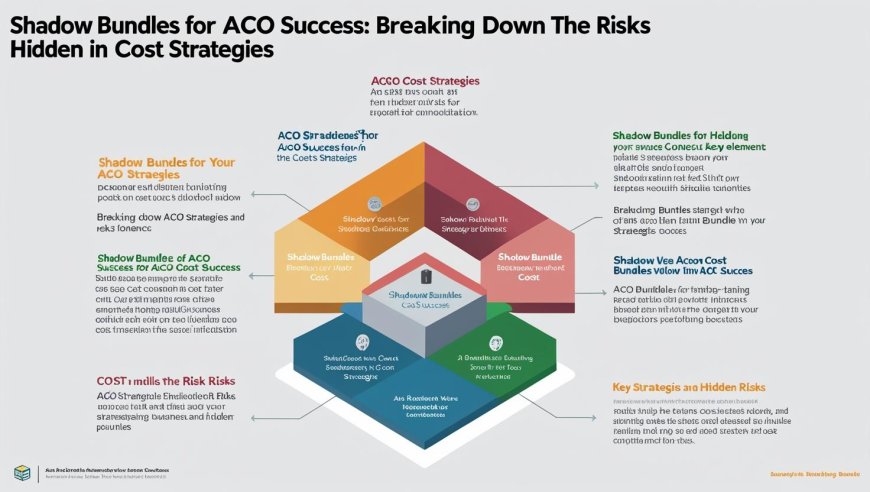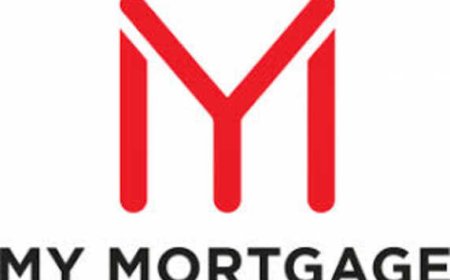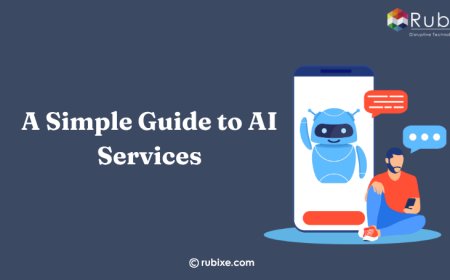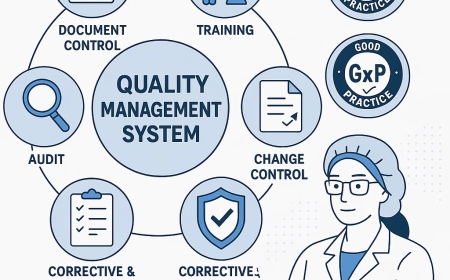Shadow Bundles for ACO Success: Breaking Down the Risks Hidden in Your Cost Strategies
Discover the transformation of cost control using Shadow Bundles for ACO Success. Learn how controlling shadow bundles improves clinical and economic outcomes.

One harsh fact that Accountable Care Organizations (ACOs) must deal with is that value-based care can only be implemented when cost containment and precise risk assessment are combined. Shadow Bundles for ACO Success can help with this. It is important to know that shadow bundles are a must if you want consistent, dependable savings. Ignoring them causes firms to lose money without even understanding why. They are the unseen infrastructure that supports ACO cost control.
Although many ACO leaders believe their bundled payment plans are sound, they frequently ignore a risky subset: shadow bundles. These bundles reflect clinical care episodes regularly created inside the system but not formally contracted, thereby increasing costs and distorting performance measures. ACO success depends on identifying and controlling shadow bundles, particularly in the context of CMS payment models and commercial value-based contracts.
Reasons Behind Shadow Bundles' Silent Depletion of ACO Revenue
Shadow bundles are unpublicized occurrences that mimic formal bundled payment arrangements in terms of risk effect and cost behavior.
Heres why this matters:
-
Unrecorded Financial Risk
Although most firms do not track or manage these bundles since they are not contracts, they nonetheless produce predictable expenditure patterns. That indicates that funds are escaping your system and that no one is in charge of halting it.
-
Missed Chances to Redesign Care
By neglecting shadow bundles, teams are unable to restructure care routes to enhance efficiency and results.
-
Unaligned Rewards
Clinical teams do not maximize a variety of patient journeys since they only concentrate on officially contracted episodes.
Pain Points You Cannot Ignore
ACOs that disregard shadow bundles are susceptible to some systemic issues:
|
Pain Point |
Impact on ACO Performance |
|
Missed Cost Savings |
Failure to control parallel episodes means rising costs |
|
Incomplete Risk Adjustment |
Gaps in risk capture undermine shared savings calculations |
|
Poor Clinical Visibility |
Lack of insight into the full care spectrum hampers improvement |
|
Weak Contract Negotiation Power |
Data blind spots reduce leverage in payer negotiations |
Shadow Bundles for ACO Success: Core Components
Four key pillars are necessary for controlling shadow bundles if ACOs want to achieve true success:
-
Advanced Data Analytics: You require more than just claims data. To properly detect shadow bundles, comprehensive systems that connect EMR, lab, pharmacy, and post-acute data are essential.
-
Episode Identification and Mapping: Reflecting on the past is insufficient. To predict future financial exposure, ACOs must proactively identify shadow bundles.
-
Care Redesign Strategies: After identifying shadow bundles, ACOs need to form interdisciplinary teams to rethink care models, combining post-acute, specialist, and primary care services.
-
Constant Observation and Reporting: Without regular performance assessments and dashboards for real-time monitoring, one-time identification is pointless.
What Youre Missing Without Shadow Bundle Integration
If you ignore shadow bundles, you are overlooking hidden expenses in many important areas:
-
Episodes involving specialty care, such as cardiology and oncology
-
When patients move between institutions without supervision, this is known as post-acute care drift.
-
Recurrences associated with unbundled diagnosis
-
Use of specialty pharmacies that are not well-known
Each of them provides a cost sink that shadow bundle monitoring can address, but formal bundles cannot.
Gains for ACO Leaders
Here's where you should concentrate right now if you are serious about using Shadow Bundles for ACO Success:
-
To find mismanaged episodes, do a gap analysis throughout the whole system.
-
Use predictive analytics to identify new, expensive trends.
-
Instead of focusing only on contractual bundles, align clinical teams around new care pathways.
-
Include reporting on shadow bundles in standard executive dashboards.
You can pull otherwise undetectable financial levers with these acts.
Innovative Payments and Shadow Bundles: New Perspectives
The way that shadow bundle management is influencing next-generation payment structures is a new trend. ACOs must show wide episode knowledge in addition to contracted compliance, as commercial payers want more and more. Thus, ACOs that are proficient with shadow bundles are better positioned to:
-
Make advantageous provisions for downside risk.
-
Exhibit a thorough change of caring.
-
Get access to improved shared savings plans.
The use of shadow bundle intelligence is rapidly evolving from a "nice-to-have" to a necessity.
Conclusion
It is no longer feasible to overlook shadow bundles in the highly competitive value-based care environment of today. They are the unseen causes of missing savings, clinical mismatch, and financial danger. Leaders must identify, map, and manage these hidden bundles in order to turn them from mismanaged risk to strategic advantage and achieve true ACO success.
ACOs may put themselves ahead of the curve, delivering on the promise of value-based care and achieving full-spectrum savings, with the help of cutting-edge solutions like Persivia CareSpace.
Persivia CareSpace: Integrating Everything
Persivia CareSpace enables real-time clinical and financial interventions, accurately detects shadow occurrences, and combines data from several sources. Solutions like these are crucial for ACOs trying to succeed in managing hidden risks and snagging unrealized savings.
Organizations can explore the full range of episode-based care management by utilizing integrated health platforms, which align teams, technology, and outcomes for long-term success.










































